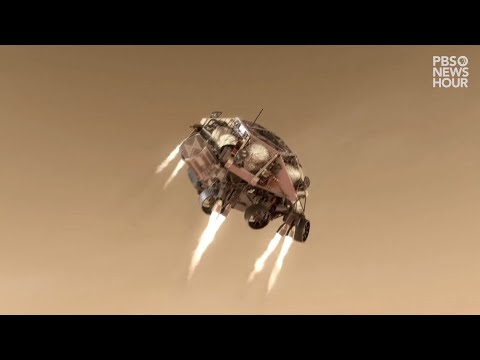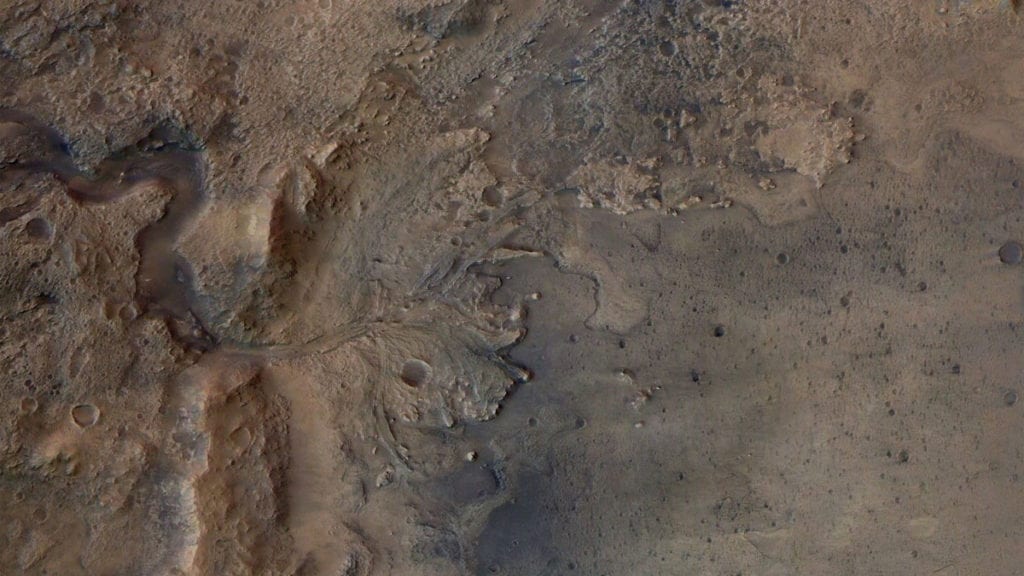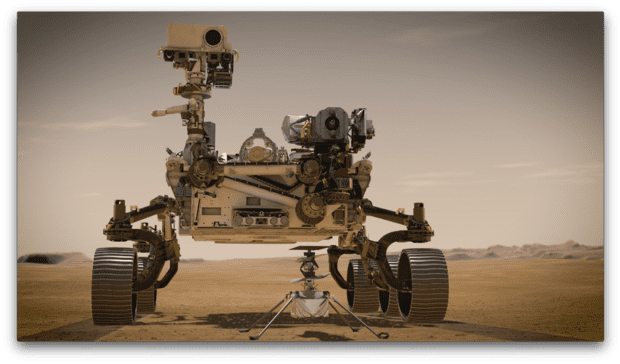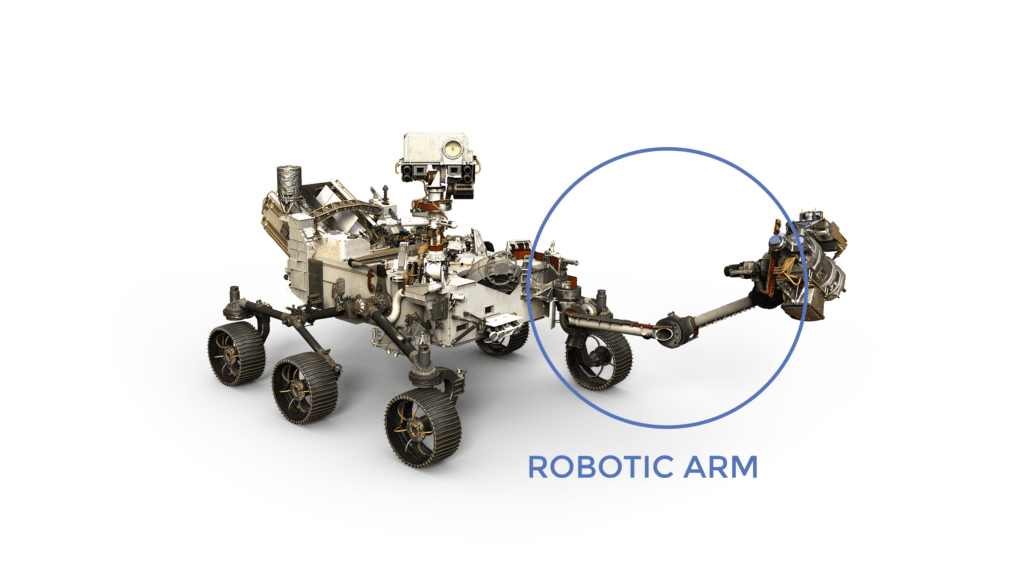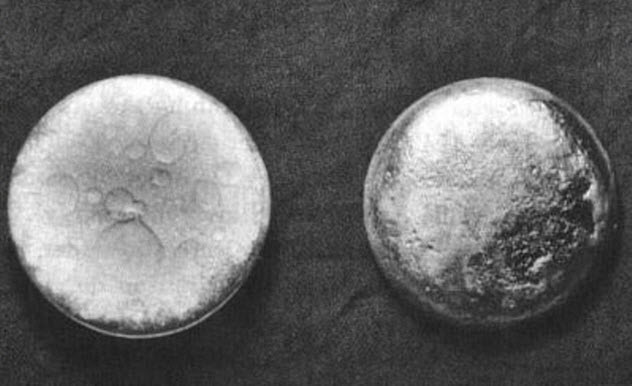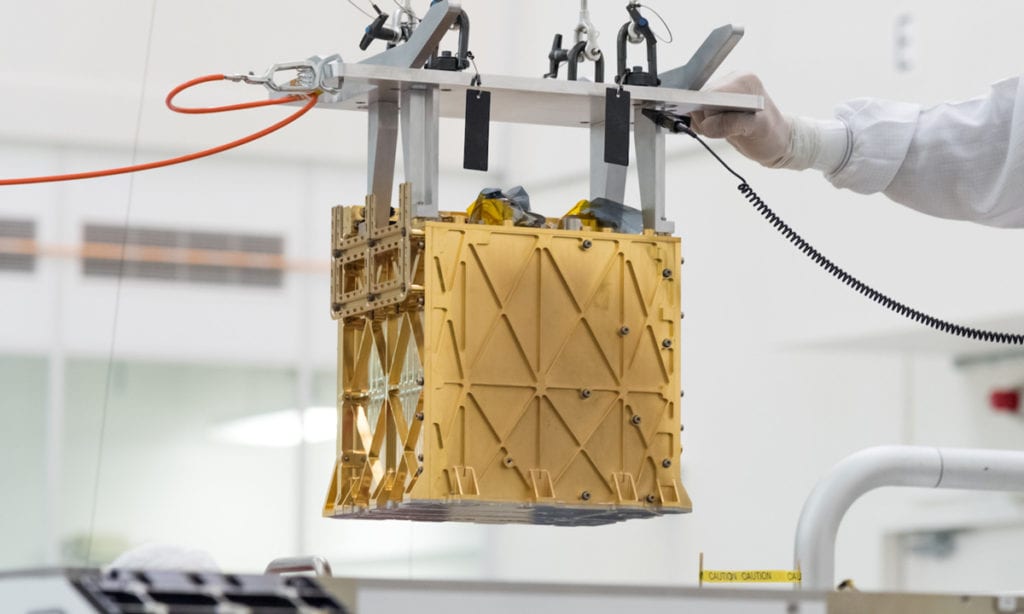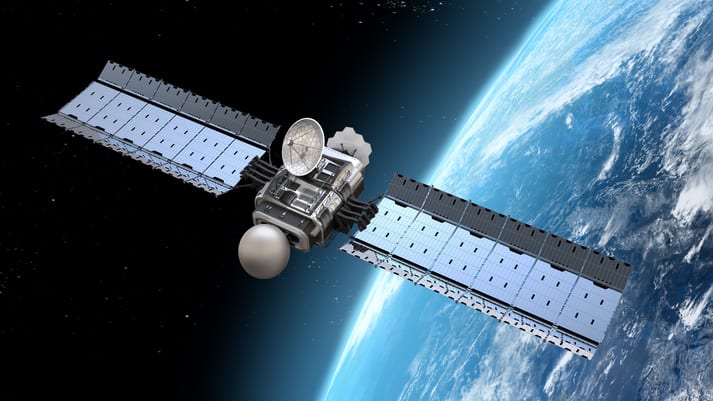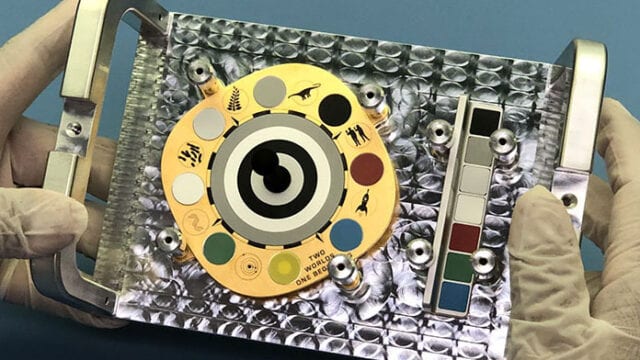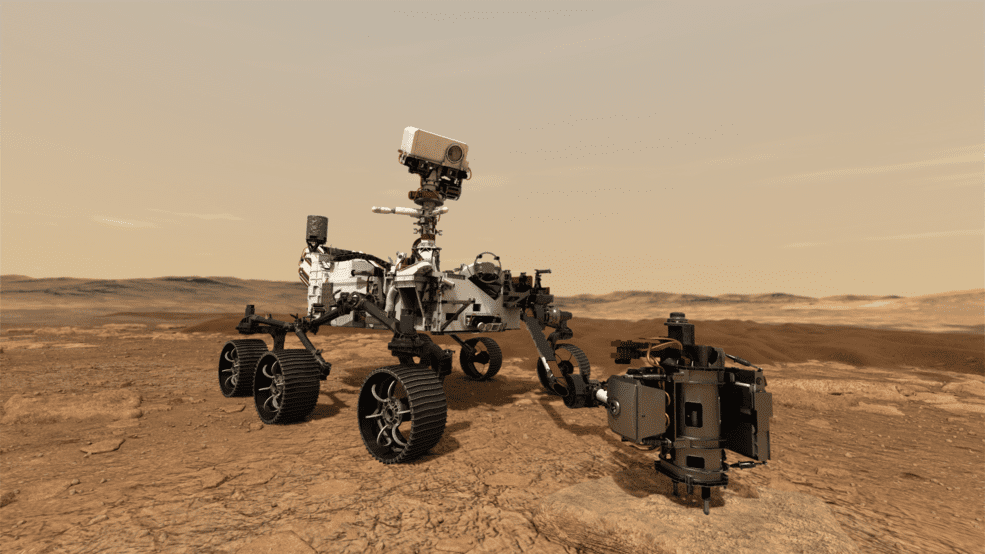Weighing a metric ton and costing more than $2 billion to design, construct and validate, Perseverance has one overarching goal: finding unprecedented evidence of ancient life on a planet other than ours. Much like the moon landing more then half a century earlier, it is a feel-good example of mankind’s ingenuity during especially trying times. Here are ten terrific facts about Perseverance’s mission to Mars.
10 Seven Minutes in Hell
Fortunately for the Perseverance team, the hardest part of the mission is already behind them. This difficulty is twofold: the challenges of landing a rover on another planet, and its human controllers’ complete inability to do anything to assist. As demonstrated in previous Martian missions, it takes approximately seven minutes for the vehicle to touch down on the surface from the time it enters the planet’s atmosphere traveling 12.000 mph. The high-velocity descent, combined with the 11 minutes it takes radio signals to travel between Earth and Mars, means the NASA crew can do nothing more than wait and pray. NASA calls this the “seven minutes of terror,” where the combination of high risk and human helplessness leaves everyone in the control room wondering whether years of building the most sophisticated rover in history will come to an abrupt, fruitless end via crash. Perseverance had two other factors working against it. First, at a metric ton, it is easily the heaviest rover NASA had ever attempted to land on Mars. Second, its destination – the Jezero Crater, perceived as the likeliest place to find signs of ancient microbial life – is a high-risk/high-reward choice pocked with boulders and steep cliffs. Luckily Perseverance persevered, aided by two new technologies its predecessors lacked. One, a range trigger, allows the rover to decide precisely when to deploy its 70-foot parachute. The other, called terrain relative navigation, essentially gives Perseverance eyes and a map to ensure it touches down safely. Allen Chen, the leader of the mission’s Entry, Descent and Landing team, doubts Jezero Crater would have been a feasible landing spot were it not for these two advancements.
9 Looking for Life in All the Right Places
As explained by then-NASA administrator Jim Bridenstine before last year’s launch, Perseverance stands as “the first time in history where we’re going to go to Mars with an explicit mission to find life on another world — ancient life on Mars.” Indeed, the landing site was chosen with discovering evidence of life on Mars – past or present – top of mind. Perseverance touched down on Mars’ 28-mile-wide Jezero Crater, which scientists believe once held a body of water approximately the size of Lake Tahoe. Jezero also has a major channel stemming from it, which suggests that water once flowed freely to or from the ancient lake. Judging by the crater’s depth, the lake it once held was likely hundreds of feet deep. All this water movement causes what for life-seeking scientists is a very compelling occurrence: sediment deposits across the broad delta of the crater’s bowl-like floor. If microbial life ever existed on Mars, one of its likeliest locales was right here. The reasoning is that the earliest forms of life on Earth occurred in similar scenarios some 3.5 billion years ago – when, scientists believe, Mars still had ample flowing water. Perseverance’s primary mission is to find the sort of telltale “biosignatures” that, if life did once exist on Mars, are likely to be dispersed in layered deposits throughout Jezero Crater’s floor. In doing so, it may provide a definitive answer of whether Earth is the sole source of life in our solar system.
8 Space Helicopter?
Yes, space helicopter. Along for the 300,000,000-mile ride with Perseverance is the Ingenuity Mars Helicopter. Weighing all of four pounds, the little guy isn’t much more than a four-legged flying camera. More than anything, Ingenuity is an interplanetary test flight. Its chief purpose is to prove that a helicopter can fly in Mars’ extremely thin atmosphere – a feat that demands exponentially more lift. For that reason, Ingenuity features four specially made carbon-fiber blades, arranged into two rotors that spin in opposite directions at around 2,400 rpm – many times faster than a helicopter on Earth. The cold is another challenge. Nighttime temperatures on Mars plunge to -90° C, which will push the tolerability limits of Ingenuity’s components. The inability to control Ingenuity in real-time poses another obstacle. While Perseverance moves very deliberately along the ground, a flying instrument like Ingenuity makes it impossible to steer with a joystick, since command signals take so long to reach Mars. As a result, Ingenuity will take orders in advance, then take off largely on its own volition. It is also responsible for autonomously charging itself using its solar panel – a task Perseverance doesn’t need to undertake because of its novel nuclear battery. As if being the first object to fly on a distant planet wasn’t enough, Ingenuity has another task: surveillance. The copter carries a high resolution downward-looking camera that, in addition to helping it navigate, can survey, for example, the ground immediately over a hill. The goal is ascertaining potential points of interest for the intentionally slow-moving Perseverance rover to analyze.
7 Armed and Ready
Perseverance’s most prominent feature is its sophisticated, seven-foot robotic arm. Designed to mimic a human appendage for intuitive control from Earth, Perseverance’s exemplary extension comes complete with a shoulder, elbow, and rotating “wrist.” It even has a gripper that functions, as much as possible, as a human hand would – a robotized remake of the greatest tool Mother Nature ever invented. Perseverance’s arm can reach the vast majority of its science-centric parts, enabling it to efficiently access its “hand tools” to extract core samples from the ground, take microscopic images of its surroundings, and analyze the elemental composition and mineral makeup of Martian rocks and soil. Its rotary percussive drill is particularly impressive. The sophisticated tool – made possible in part by Perseverance’s turret-like hand – uses rotary motion to penetrate the Martian surface and collect its precious samples. Equipped with an assortment of drill bits for various purposes – including those specifically for scraping off top layers to expose subcutaneous areas – the self-sealing system is deposited by the robotic arm directly into collection tubes. Another of the arm’s sampling devices is PIXL, which seeks out changes in textures and chemicals in Martian rocks and soil, in an effort to detect signs of ancient life. PIXL will study candidate specimens to help determine which ones are the most scientifically interesting targets for further examination.
6 Listen Up
Perseverance is equipped with a pair of sophisticated, highly detailed microphones. They are the first ever sent to another planet, and offer NASA its first-ever ability to eavesdrop on our galactic next-door neighbor. First and foremost, the rover will be recording the whistling Martian winds – which are notoriously strong, and whose propensity for kicking up dust actually ended a previous rover’s usefulness by covering its solar panels irreversibly. Watch this video on YouTube Perseverance also will be listening to… well, itself. The crunch of its wheels rolling across the surface will not only provide evidence if the rover’s continued viability, but also may offer certain insight into Martian soil composition. Notably, it’s possible that Perseverance’s arrival also was detected by a fellow spacecraft. In 2018, NASA landed the InSight probe about some 3,500 km (2,200 miles) away. InSight features a seismometer to track for earthquakes – or rather, marsquakes – shaking the ground. Scientists believe there’s a chance the probe may feel Perseverance land on Mars. It would be the first seismic detection of a known impact on another planet, and could reveal more information about the Martian interior, since such waves can help map geological features underground. Unfortunately, as of a few days before Perseverance’s arrival, InSight’s capabilities were diminished due to dust build-up on its solar panels. Details on whether it “heard” its sister explorer touch down should be available soon.
5 Nuclear Battery
To avoid the wind-blown fate of its predecessor – whose solar panels were covered in soil by a Martian dust storm, permanently paralyzing it through energy depletion – Perseverance has a novel power generation device: a nuclear battery. Perseverance is powered by a Multi-Mission Radioisotope Thermoelectric Generator (MMRTG), provided to NASA by the U.S. Department of Energy. The 99-pound MMRTG converts heat from the natural radioactive decay of more than ten pounds of plutonium-238 into a steady flow of electricity. It will produce about 110 watts at the start of Perseverance’s mission, then decrease only a few percentage points per year. The MMRTG also charges two lithium-ion batteries, which are used during daily operations and when demand temporarily exceeds the usual electrical output levels. This is especially necessary during Perseverance’s groundbreaking drilling, soil sampling and collection operations, which can demand up to 900 watts. In addition to powering Perseverance, the MMRTG performs another useful function: its excess heat will keep the rover’s myriad tools and systems at tolerable operating temperatures. While imperfect, it’s a decided step up from having a mission be imperiled by inclement weather.
4 The Next Step Toward Manned Missions: Oxygen Creation
Besides its search for ancient life, perhaps Perseverance’s most significant task is its efforts to prepare for human exploration of Mars. On that front, the mission’s most ambitious initiative is the Mars Oxygen In-Situ Resource Utilization Experiment, better known as MOXIE. MOXIE’s mission is to demonstrate how astronauts might one day produce oxygen from the Martian atmosphere. The 37-pound, car battery-sized MOXIE makes oxygen much like a tree does: it “inhales” carbon dioxide (Mars’ atmosphere is about 96% carbon dioxide) and “exhales” oxygen. This oxygen would be necessary not only for (of course) breathing, but also as a propellant, since any manned mission would need a means of rocketing off the red planet to return to Earth. A nod to conserving Perseverance’s limited power supply for other efforts, its goals are fairly modest: MOXIE will conduct hour-long sessions intermittently, attempting to produce about 10 grams – or 0.022 lbs – of oxygen per experiment. To put that in perspective, to launch off Mars, human explorers would need 33 to 50 tons of fuel, about the weight of a space shuttle. Scientists think that any system capable of providing a significant portion of such oxygen would need to be at least 100 times larger than MOXIE, which is essentially its own miniature gas factory.
3 What’s Old Is New
Somewhat ironically, some aspects of the most expensive, sophisticated rover ever constructed rely on technology from the 1990s. For example, Perseverance features a radiation-hardened version of an IBM PowerPC microprocessor called the RAD750. Originally designed by Motorola and IBM, it is primarily used in satellites and avionics – and basically has the power of a circa-1992 Pentium 1 chip. The system is responsible for handling the entire avionics architecture of the rover designed and programmed by NASA’s Jet Propulsion Laboratory (JPL). Why this seemingly antiquated technology? Because it’s battle-tested. “The closer you pack your transistors, the more susceptible to radiation you get,” said Richard Rieber, a JPL mobility flight systems engineer. “With space hardware, you need high reliability, and the RAD750 has had a couple of hundred missions in space.” If it ain’t broke, don’t fix it—especially when building an unprecedented vehicle with countless other issues to address. The old school RAD750 computer works in tandem with a series of field programmable gate array (FPGA) computers to control the rover’s drivetrain, wheels, suspension and cameras. One FPGA, a Virtex-5, is also a bit technologically dated – but trustworthy enough to have drawn a mission-critical straw: the module assisted in Perseverance’s successful atmospheric entry, descent and landing. Now that Perseverance is on the ground, this computer system will be reprogrammed from Earth to perform mobility visual processing.
2 Sending Mementos to Mars
For decades, NASA has engaged in festooning – adding fun extras to spacecraft and rovers launched into the heavens. Perseverance is no exception. For starters, the rover carries three microchips with nearly 11 million names, part of NASA’s uncreatively-dubbed “Send Your Name To Mars” campaign. This represents a ninefold increase from the last rover, Curiosity, which took about 1.2 million Earth names to the red planet. Perseverance also brought a tribute to the healthcare workers battling the COVID-19 pandemic, as its July 2020 launch occurred a few months after the crisis’ inception. Other accessories are part functional, part fun. For example, Perseverance’s Mastcam-Z is a zoomable panoramic camera that also carries a greeting to potential non-Earthlings. It reads: “Are we alone? We came here to look for signs of life, and to collect samples of Mars for study on Earth. To those who follow, we wish a safe journey and the joy of discovery.” Perhaps the coolest of Perseverance’s extravagances is a special coin made from astronaut helmet-visor materials – a nod to geocaching, the nerdgasmic practice of using GPS to hide and find buried treasure. The coin is part of the calibration target for the SHERLOC (Scanning Habitable Environments with Raman & Luminescence for Organics & Chemicals) instrument, and is etched with the address of its narrative namesake: 221b Baker Street, London, England.
1 A Very Special Delivery
Hopefully, Perseverance will save its most significant gift to mankind for last: a decade from now, the goal is to have soil samples taken by the rover arrive back on Earth. The ambitious plan, known as Mars Sample Return, involves three missions over the coming ten years. Like its predecessor, Curiosity, Perseverance features an on-board laboratory. But unlike its forebears, Perseverance is equipped with a sophisticated sampling system that captures and packs Martian rocks and soil for an unprecedented journey back to Earth. For the next two years, Perseverance will obtain samples using a drill bit that cuts cylindrical cores into the surface, gathering a cross-section of soil. The deeper the sample, the further back in time it represents – just like Earth. After collecting and sealing about 40 core samples, Perseverance will do something strange: set them down and roll away. Later in the decade, a joint NASA-European Space Agency mission will launch the aptly named Sample Retriever Lander to fetch Perseverance’s goodies. The vehicle will grab the samples, pack it into a rocket and blast it into the heavens – the first launch ever attempted from another planet. The rocket will then drop its basketball-sized package into orbit around the red planet. Completing the interplanetary relay race, the massive Earth Return Orbiter, which is as large as an airplane, will snatch the samples from Mars’ orbit and carry them back to Earth. The delivery may very well contain signs of ancient alien life, marking the most incredible accomplishment in space exploration to date. Read More: Twitter Website
